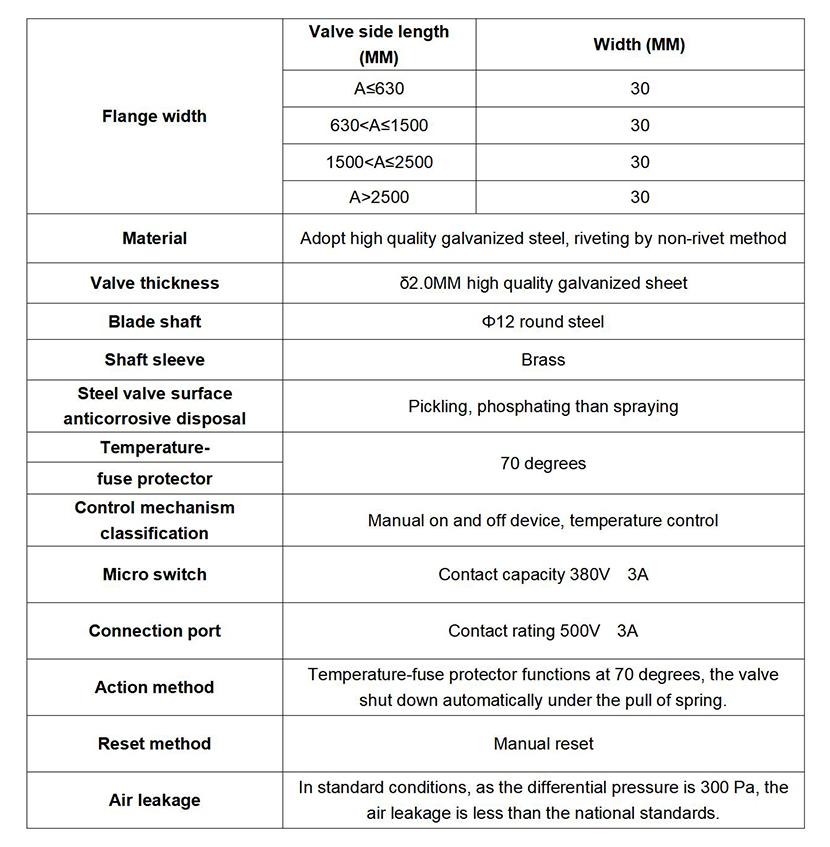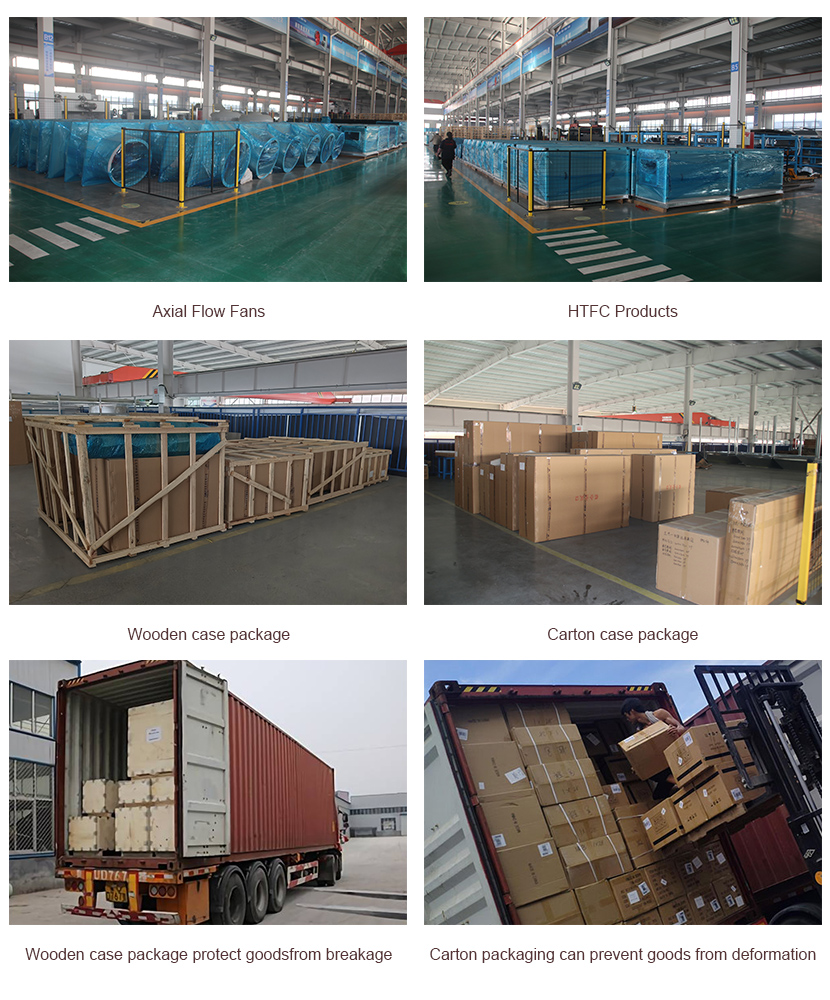Address: DeZhou,ShanDong,China | WhatsApp: +86-15098941090 | E-mail: support@aikegroupco.com
A fire damper is a device installed in the ductwork of heating, ventilation, and air conditioning (HVAC) systems to prevent the spread of fire and smoke through the ducts during a fire. It is a critical component in maintaining the safety and integrity of a building in the event of a fire.
If you have specific questions about fire damper or need details on suppliers and manufacturers, feel free to ask!
Email: support@aikegroupco.com
Whatsapp: +86-15098941090
Fire damper, normally open, is installed in the air supply and return air circulation system of the ventilation and air conditioning system. When the gas temperature in the pipeline reaches 70 °C or 280 °C in the fire, the fusible piece will be cut off, and the valve is automatically closed under the action of the torsion spring force. It can meet the requirements of fire resistance stability and fire integrity for a certain period of time, and works as a fire barrier. When the valve is closed, it will output a close signal.

Advantages
Excellent quality control processes, all products have been inspected strictly.
The quality of products has reached the standard of “Code of acceptance for construction quality of ventilation and air conditioning works" (GB50243-2002) and "Fire dampers for building venting and smoke-venting system" (GB15930 2007).
Complete accessories production and distribution make it easier to install.
Definition and Function
Definition: A fire damper is a safety device that is installed in the ducts and air transfer openings of HVAC systems. Its primary purpose is to close automatically in response to heat, effectively blocking the duct to stop the spread of fire and smoke.
Function: When a fire occurs, the heat causes the fire damper to close, either through a fusible link that melts at a specified temperature or an actuator that is triggered by the building’s fire alarm system. This closure prevents fire and smoke from traveling through the ductwork to other parts of the building.
Regulating Airflow:
Control: Dampers are used to control the volume of air passing through a section of ductwork. They can be adjusted to increase or decrease airflow as needed.
Balancing: In HVAC systems, dampers are crucial for balancing airflow to ensure even distribution throughout different areas of a building.
Shipment
My shipment arrived early than with the expected date. Everything according to package was safely shipped to me with no defects. The supplier was excellent enough to satisfy the customer’s needs.
